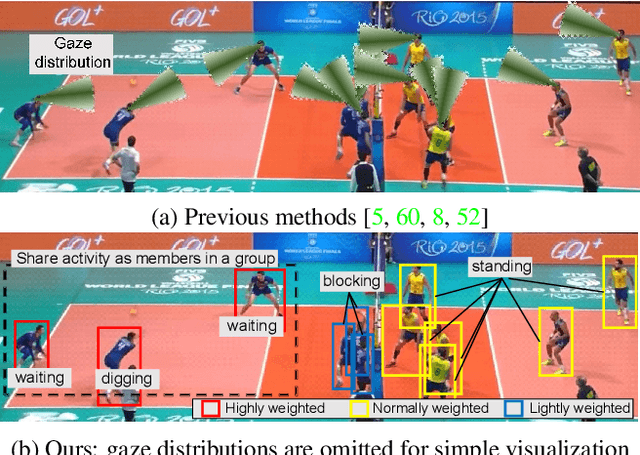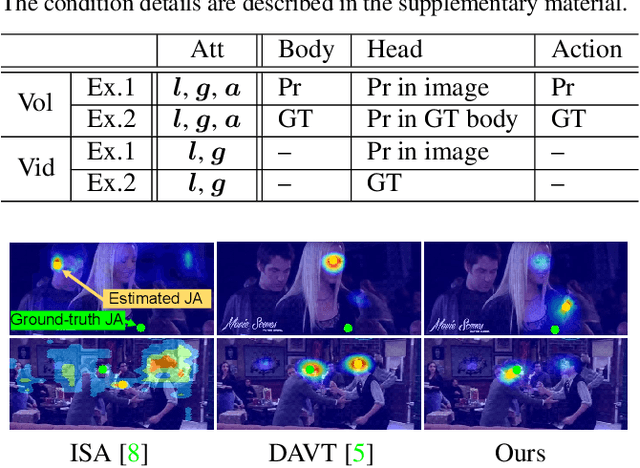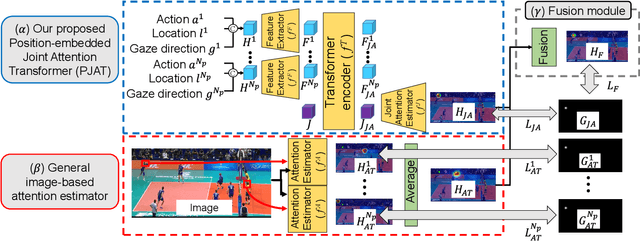Hiroaki Kawashima
Fish Tracking Challenge 2024: A Multi-Object Tracking Competition with Sweetfish Schooling Data
Aug 31, 2024Abstract:The study of collective animal behavior, especially in aquatic environments, presents unique challenges and opportunities for understanding movement and interaction patterns in the field of ethology, ecology, and bio-navigation. The Fish Tracking Challenge 2024 (https://ftc-2024.github.io/) introduces a multi-object tracking competition focused on the intricate behaviors of schooling sweetfish. Using the SweetFish dataset, participants are tasked with developing advanced tracking models to accurately monitor the locations of 10 sweetfishes simultaneously. This paper introduces the competition's background, objectives, the SweetFish dataset, and the appraoches of the 1st to 3rd winners and our baseline. By leveraging video data and bounding box annotations, the competition aims to foster innovation in automatic detection and tracking algorithms, addressing the complexities of aquatic animal movements. The challenge provides the importance of multi-object tracking for discovering the dynamics of collective animal behavior, with the potential to significantly advance scientific understanding in the above fields.
Learning Group Activity Features Through Person Attribute Prediction
Mar 11, 2024Abstract:This paper proposes Group Activity Feature (GAF) learning in which features of multi-person activity are learned as a compact latent vector. Unlike prior work in which the manual annotation of group activities is required for supervised learning, our method learns the GAF through person attribute prediction without group activity annotations. By learning the whole network in an end-to-end manner so that the GAF is required for predicting the person attributes of people in a group, the GAF is trained as the features of multi-person activity. As a person attribute, we propose to use a person's action class and appearance features because the former is easy to annotate due to its simpleness, and the latter requires no manual annotation. In addition, we introduce a location-guided attribute prediction to disentangle the complex GAF for extracting the features of each target person properly. Various experimental results validate that our method outperforms SOTA methods quantitatively and qualitatively on two public datasets. Visualization of our GAF also demonstrates that our method learns the GAF representing fined-grained group activity classes. Code: https://github.com/chihina/GAFL-CVPR2024.
Interaction-aware Joint Attention Estimation Using People Attributes
Aug 10, 2023



Abstract:This paper proposes joint attention estimation in a single image. Different from related work in which only the gaze-related attributes of people are independently employed, (I) their locations and actions are also employed as contextual cues for weighting their attributes, and (ii) interactions among all of these attributes are explicitly modeled in our method. For the interaction modeling, we propose a novel Transformer-based attention network to encode joint attention as low-dimensional features. We introduce a specialized MLP head with positional embedding to the Transformer so that it predicts pixelwise confidence of joint attention for generating the confidence heatmap. This pixelwise prediction improves the heatmap accuracy by avoiding the ill-posed problem in which the high-dimensional heatmap is predicted from the low-dimensional features. The estimated joint attention is further improved by being integrated with general image-based attention estimation. Our method outperforms SOTA methods quantitatively in comparative experiments. Code: https://anonymous.4open.science/r/anonymized_codes-ECA4.
 Add to Chrome
Add to Chrome Add to Firefox
Add to Firefox Add to Edge
Add to Edge